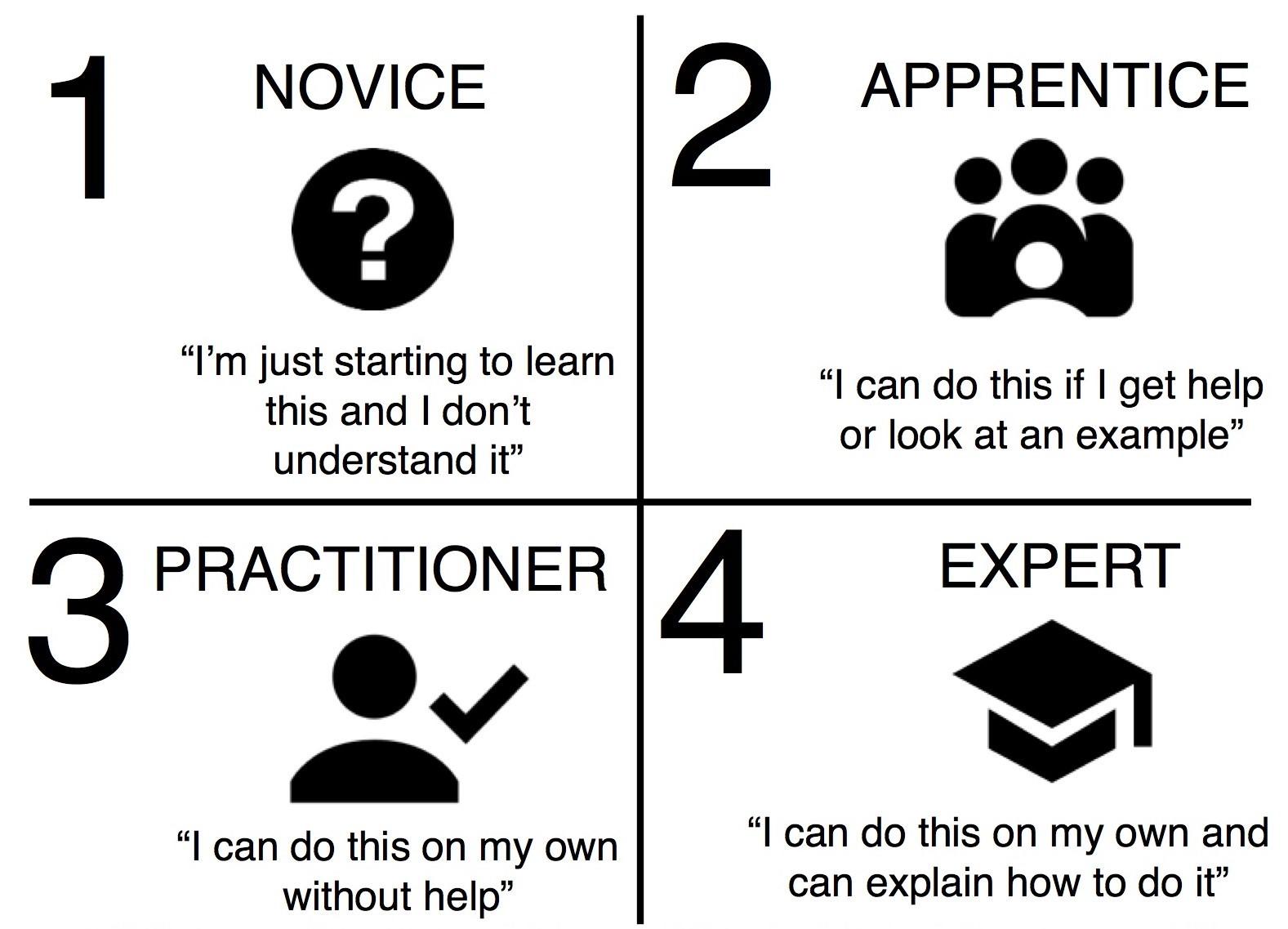Beliefs and Mission
Get to know what drives The Art of Copyediting
Beliefs



The profession
- Copyediting is a definite value addition to anything that is worth publishing.
- Copyediting is a complex art and has a fairly long learning curve.
- In a broader sense, all the editorial functions—project management, book designing, manuscript evaluation, developmental editing, copyediting, indexing, and proofreading—play an important role in the publishing process.
- No matter how artificial intelligence evolves and how the approach to these functions change, these cannot replace the human mind and its ability to take editorial decisions.
The past
- There has been, over the last 20 years or so, a gradual loss of precious knowledge and expertise that was available earlier in publishing houses.
- The advantage of that system—alas, now almost lost!—was the in-built daily mentoring of budding editors for almost a year—a process that is so crucial to learning, preserving the art, and maintaining quality.
- So much so, training in copyediting has also been lost, except in select places (where people still value the effectiveness of physical, in-person training) and some institutions and editorial organizations (which are trying all possible means of preserving the art).
The need
- Short training sessions seem to be the norm in the hectic world today, but these cannot be effective in an art as complex as copyediting simply because it involves harnessing the very thinking process.
- The implication is that copyediting cannot really be learned well unless taken up seriously as a profession.
- Detailed training is necessary to make an editor understand that editing is not a bunch of fancy and unconnected style preferences and that there is logic behind almost all the principles used and even behind the varied styles preferences.
- Such detailed training becomes all the more necessary in the absence of prolonged and affordable one-to-one mentoring.
Mission



Goal
- Provide world-class training to any aspiring editor (or writer).
- Provide that training at an affordable price.
- Provide scope for self-paced study—enabling balance between work, family, and professional development.
Methodology
- Teach principles of writing and editing as well as preferences—and make an editor capable of handling any style (or ask the right questions to build one).
- Provide ready reference charts for the most common academic styles—which can also serve as templates to accommodate new styles.
- Provide a comprehensive, self-contained training that can serve as a solid base for everyday learning.
Growth
- Provide a graded set of courses that will help an editor move forward step by step.
- Help an editor master Microsoft Word (Word styles, templates, automation).
- Create an army of trained editors where quick learners can serve as mentors to other buddies.
- Provide the much-needed one-to-one mentoring support to some of the best learners, enabling that silent metamorphosis to a professional editor.
